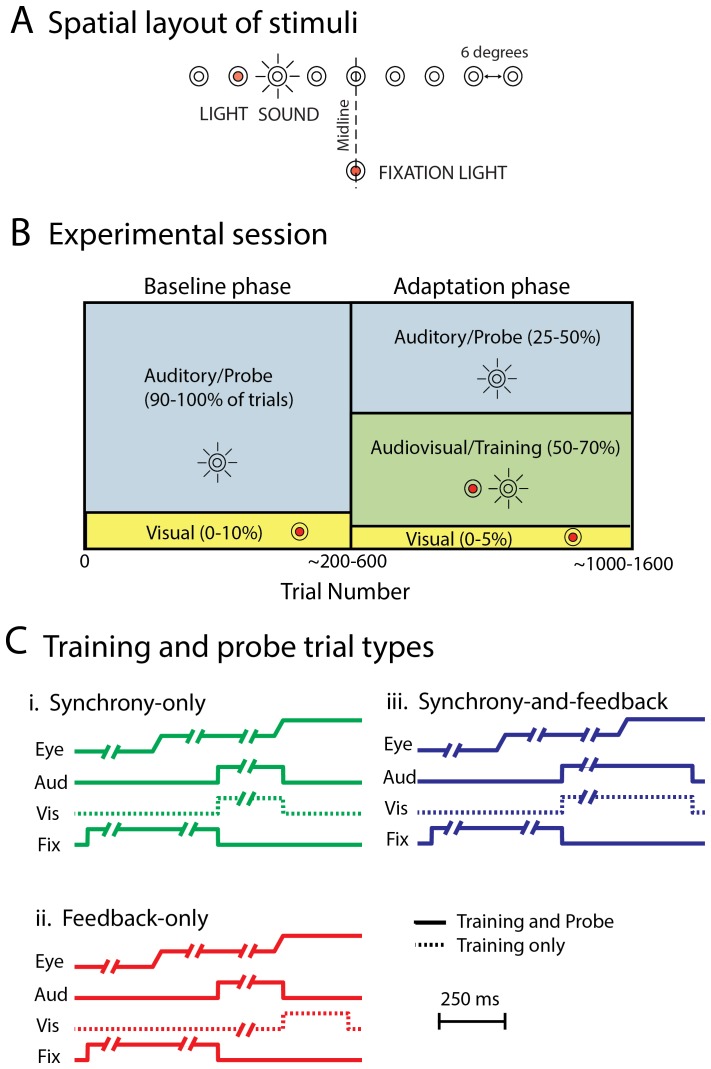Figure 1. Spatial Configuration of Stimuli, Experimental Session Design, and Trial Types.
(A) All trials began with fixation of a visual fixation target located 12 degrees below a row of speakers and LEDs spanning −24 to 24 degrees along the horizontal meridian. Spatially mismatched visual-auditory trials involved the presentation of a sound at one speaker combined with the illumination of an LED attached to the adjacent speaker. (B) Each experimental session involved an initial baseline assessment of performance on auditory and visual trials followed by an adaptation phase in which training trials with mismatched audiovisual stimuli were interleaved in proportions as illustrated. Performance on auditory probe trials after introduction of these mismatched audiovisual training trials was compared to baseline performance. (C) Three types of audiovisual training and auditory probe trials were assessed in different sessions. On synchrony-only audiovisual training trials, the visual and auditory stimuli were coincident in time but both were turned off during the subject’s saccade to the target, preventing visual feedback. On feedback-only audiovisual training trials, the sound came on first, but it was turned off and a visual stimulus was turned on during the saccade to the sound, eliminating synchrony between the visual and auditory stimulus. On feedback-and-synchrony audiovisual trials, the auditory and the visual stimulus were turned on together, and were left on following completion of the saccade, thus allowing a synchronous visual stimulus to also provide visual feedback. Interleaved auditory-only probe trials differed from the corresponding audiovisual training trials in lacking a visual stimulus but were otherwise identical.

